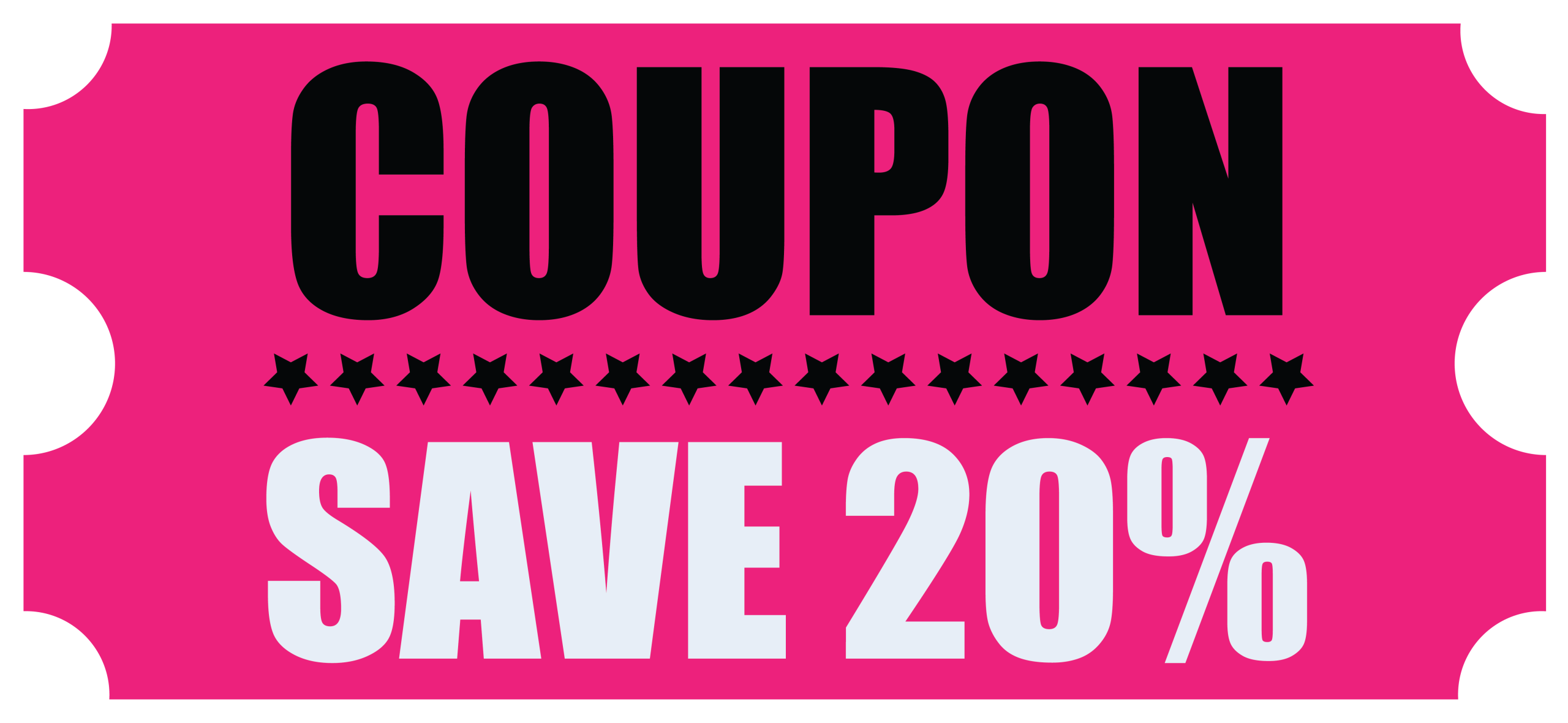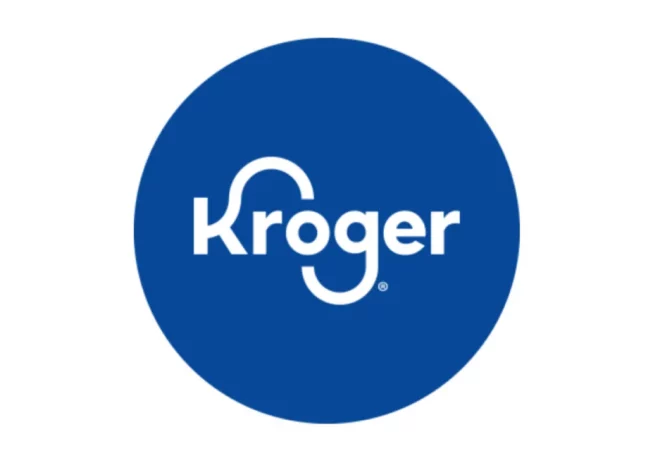
How to Start Extreme Couponing for Beginners: Complete Guide
As a mom juggling a tight family budget, I’ve learned that extreme couponing isn’t just about those dramatic TV shows where people walk out with $500 worth of groceries for $12. It’s actually a practical skill that can save your family hundreds of dollars each month without turning your house into a warehouse.
After three years of serious couponing that’s saved my family over $8,000, I’m sharing everything I wish someone had told me when I started. This complete guide will take you from coupon newbie to savings pro, step by step.
What Is Extreme Couponing Really?
Extreme couponing means strategically using multiple coupons, store sales, and cashback offers to minimize your grocery bill. Unlike casual couponing (clipping a few coupons here and there), extreme couponing involves:
- Planning shopping trips around store sales cycles
- Combining manufacturer coupons with store coupons
- Using cashback apps and credit card rewards
- Building a small stockpile of essentials when prices hit rock bottom
Reality Check: You won’t get everything for free, but you can realistically save 60-80% on your grocery bill once you master the system.

Step 1: Master the Basic Coupon Types
Manufacturer Coupons
These come directly from product companies and can be used at any store that accepts them. You’ll find them in:
- Sunday newspaper inserts
- Product packaging
- Company websites and apps
- Coupon databases like Coupons.com
Store Coupons
These are issued by specific retailers and can only be used at their stores. Examples include:
- Target Cartwheel offers
- Kroger digital coupons
- CVS ExtraCare rewards
Digital Coupons
Load these directly to your store loyalty card through the retailer’s app or website. They automatically apply at checkout when you scan your card.
Step 2: Learn Store Coupon Policies
This is crucial: Every store has different rules about coupon usage. Before you start, research the coupon policies for your main shopping stores.
Key Policy Questions to Research:
- Do they allow coupon stacking (using manufacturer + store coupon on same item)?
- What’s their overage policy?
- Do they accept competitor coupons?
- Is there a limit on coupons per transaction?
- Do they double or triple coupon values?
Pro Tip: Print out each store’s coupon policy and keep it in your coupon binder. This saves arguments at checkout.
Step 3: Build Your Coupon Organization System
The Binder Method (Most Popular)
What You Need:
- 3-ring binder
- Clear baseball card protectors
- Divider tabs
- Small scissors
- Pen
Organization Categories:
- Baby/Kids
- Cleaning Products
- Health & Beauty
- Food (subcategorized by type)
- Pet Supplies
- Household Items
The Envelope Method (Budget-Friendly)
Use a simple accordion file folder with labeled sections. Less professional looking but gets the job done.
Digital Organization
Apps like Flipp and Checkout51 let you organize digital coupons, but you’ll still need physical organization for paper coupons.
Step 4: Master the Shopping Strategy
The 12-Week Sale Cycle
Most products go on sale every 12 weeks. Track these cycles to know when to stock up:
- Week 1-3: Regular price
- Week 4-6: Small sale
- Week 7-9: Regular price
- Week 10-12: Deep discount (this is when you buy)
The Golden Rule: Combine Three Things
Maximum savings happen when you combine:
- Store sale (item marked down)
- Manufacturer coupon
- Store coupon or cashback offer
Example: Tide detergent normally $12.99
- Store sale: $8.99
- Manufacturer coupon: $2.00 off
- Store digital coupon: $1.00 off
- Final price: $5.99 (54% savings)
Step 5: Essential Couponing Apps
For Finding Coupons:
- Ibotta: Cashback after purchase
- Checkout51: Weekly offers with cashback
- Rakuten: Online shopping cashback
- Honey: Automatic online coupon codes
For Store-Specific Savings:
- Target Circle: Replaces Cartwheel
- Kroger App: Digital coupons and weekly ads
- CVS ExtraCare: Personalized deals
- Walgreens: Balance Rewards program
For Organization:
- Flipp: Digital circular browsing
- Coupon Sherpa: Mobile coupon access
- SnipSnap: Photograph and organize coupons
Step 6: Your First Couponing Trip
Week 1: Start Small
- Choose one store you know well
- Pick 5-10 items you regularly buy
- Match coupons to current sales
- Set a realistic savings goal (20-30%)
Before You Shop:
- Check store’s weekly ad
- Match your coupons to sale items
- Load digital coupons to your loyalty card
- Make a list with expected prices
- Bring your organized coupons
At the Store:
- Shop during off-peak hours (early morning or late evening)
- Be patient with cashiers learning the system
- Have a backup plan if a coupon doesn’t work
- Check your receipt before leaving
Step 7: Building Your Stockpile
What to Stockpile:
- Non-perishable foods with long shelf lives
- Cleaning supplies
- Health and beauty items
- Paper products
- Items your family uses regularly
Storage Solutions:
- Designate one closet or basement area
- Use clear storage containers
- Label everything with purchase and expiration dates
- Rotate stock (first in, first out)
Space-Saving Tip: Focus on high-value, small items first. A $2 coupon on a $3 tube of toothpaste is better than a $1 coupon on a $6 box of cereal.
Step 8: Avoiding Common Beginner Mistakes
Don’t Buy Just Because You Have a Coupon
If you don’t normally use the product, it’s not a savings—it’s an expense.
Don’t Ignore Expiration Dates
Coupons expire, and so do products. Check both before buying.
Don’t Hoard Perishables
Getting 20 yogurts for $5 isn’t a deal if half expire before you eat them.
Don’t Forget About Generic Brands
Sometimes the store brand without a coupon is still cheaper than the name brand with one.
Step 9: Advanced Strategies
Rain Checks
When sale items are out of stock, ask customer service for a rain check. You can use your coupons when the item comes back in stock.
Price Matching
Many stores will match competitor prices. Combine this with coupons for maximum savings.
Manager’s Specials
Look for clearance items that can be combined with coupons for incredible deals.
Step 10: Tracking Your Savings
Keep a Savings Journal
Record:
- Date of shopping trip
- Store name
- Total spent vs. retail value
- Percentage saved
- Best deals found
Monthly Review
- Calculate total monthly savings
- Identify your most profitable stores
- Adjust strategy based on what’s working

Realistic Expectations: What You Can Save
Beginner (Months 1-3):
- 20-30% savings on grocery bills
- Focus on easy wins and learning store policies
Intermediate (Months 4-8):
- 40-50% savings with consistent effort
- Small stockpile of frequently used items
Advanced (Months 9+):
- 60-80% savings with strategic planning
- Well-organized stockpile reducing weekly shopping needs
Time Investment Reality
Week 1-4: 3-4 hours per week (learning curve) Month 2-3: 2-3 hours per week (getting efficient) Month 4+: 1-2 hours per week (maintenance mode)
When Extreme Couponing Isn’t Worth It
Skip It If:
- Your time is worth more than the savings
- You have no storage space
- You’re buying things you don’t need
- It’s causing family stress or arguments
Better Alternatives:
- Stick to basic couponing (20-30% savings)
- Focus on cashback apps only
- Buy generic brands consistently
- Shop sales cycles without coupons
Creating Your Family’s Coupon Budget
Start With Your Current Grocery Budget
If you spend $600/month on groceries:
- Month 1 goal: Save $120 (20%)
- Month 3 goal: Save $240 (40%)
- Month 6 goal: Save $360 (60%)
Reinvest Some Savings
Use part of your savings to:
- Buy organizational supplies
- Subscribe to coupon services
- Purchase items for donation (great deals + tax write-offs)
Final Thoughts: Making It Sustainable
Extreme couponing works best when it becomes a sustainable habit, not an obsession. Focus on saving money on things your family actually needs, and don’t let the pursuit of deals take over your life.
The goal isn’t to fill your house with free stuff—it’s to reduce your family’s expenses so you can use that money for things that matter more to you.
Start small, be patient with yourself, and celebrate the wins. Every dollar saved is a dollar that can go toward your family’s other priorities.
Ready to start? Pick one store this week, gather 5 coupons for items you normally buy, and aim for 20% savings on your first strategic shopping trip. You’ve got this!


